![]()
Unveiling the Mystery Behind Hank Williams’s “I’m So Lonesome I Could Cry”
In the realm of music, there are moments when artists inadvertently craft masterpieces that resonate deeply with audiences. For songwriters, this alchemy occurs when words and melodies merge seamlessly, giving birth to a message that transcends genres, connecting directly with the souls of listeners. Such a song becomes timeless, its significance enduring across generations, as if it were suspended in time, awaiting each new discovery.
Hank Williams, a man driven by inexplicable waves of emotion, possessed this rare gift of creation. Drawing from the bittersweet essence of his own tumultuous life, he wove unadorned lyrics and melodies into songs that held layers of profound meaning. Williams seemed to understand the urgency of his message, knowing that time was not on his side. Mitch Miller, the renowned band leader and A&R director at Columbia Records, once remarked, “No matter who you are, a country dweller or a sophisticate, Hank Williams’ songwriting speaks to your soul. His use of basic English is incredibly effective.” Much like Edgar Allan Poe, Williams was seemingly haunted by inner demons that plunged him into the depths of darkness and despair. Amidst the shadows of his personal battles with addiction and pain, he found solace in crafting songs that offered glimpses into his turbulent world. These creations not only showcased his genius but also mirrored his inner turmoil.
In 1949, during one of his brighter moments, Hank Williams composed a heart-wrenching ballad that would become not just a country classic but one of the most emotionally charged songs ever written. No one could fathom what drove Williams to eloquently articulate the very essence of loneliness. Still, with simple yet profound lyrics, he captured the essence of emptiness like no one before or since. This song, “I’m So Lonesome I Could Cry,” was recorded during one of only two sessions Hank ever conducted outside of Nashville. It took place at the Herzog Recording Studio in Cincinnati, Ohio, on August 30, 1949. Assisting Hank that day were members of Red Foley’s former band, The Pleasant Valley Boys, including Zeke Turner on lead guitar, Tommy Jackson on fiddle, Jerry Byrd on steel guitar, and Louis Innis on rhythm guitar. Interestingly, this studio had also witnessed the recording of Hank’s breakthrough hit, “Lovesick Blues,” a few months earlier on December 22, 1948.
“I’m So Lonesome I Could Cry” wasn’t among the thirty-nine Hank Williams songs that dominated national playlists between 1947 and 1955. It quietly existed, almost forgotten, among Hank’s other chart-toppers. Surprisingly, it was relegated to the “B” side of “My Bucket’s Got A Hole In It,” which peaked at #2 on Billboard’s country chart. This placement, ironically, was due to “Lovesick Blues,” which maintained a stranglehold on the number one spot for an astounding sixteen weeks.
The resurrection of “I’m So Lonesome I Could Cry” came later, thanks to the 1964 movie “Your Cheatin’ Heart.” This fictionalized account of Hank Williams’ life, starring George Hamilton, reintroduced the haunting classic to a wider audience. Hank Williams Jr. provided the movie’s soundtrack, although at the tender age of 15, he was deemed too young to portray his father on screen.
Two years after the movie’s release, an obscure pop singer from Oklahoma, B. J. Thomas, reimagined “I’m So Lonesome I Could Cry” in a manner that paid homage to Hank’s original rendition. This revival of the country classic marked B. J. Thomas’s first entry into the pop charts, setting the stage for his later successes in pop, country, and gospel genres. In response to this newfound interest, MGM decided to resurrect Hank Williams’ old monaural acetate recording of the song from 1949. They retained only Hank’s voice, adding a contemporary soundtrack with violins and background singers. The revamped version, although it only reached #43 on the Billboard chart, was considered successful enough to inspire a series of four albums featuring Hank’s classics, re-recorded with updated arrangements. These albums aimed to emphasize the timeless quality of Hank Williams’ music, though they sparked controversy among purists who believed that the original recordings should remain untouched.
Interestingly, there’s evidence suggesting that the song’s initial working title was “I’m So Lonesome I Could Die.” Fred Rose, Hank’s mentor and head of Acuff-Rose Publishing, which managed Williams’ catalog, is rumored to have changed the title. Rose apparently felt that the original name conveyed an excessively bleak message. Nevertheless, the song’s lyrics seemed to embody that initial sentiment, aligning perfectly with Hank Williams’ tumultuous life. Regardless of the title, “I’m So Lonesome I Could Cry” transcended mere songwriting, emerging as a timeless work of art that continues to resonate deeply with each passing generation.
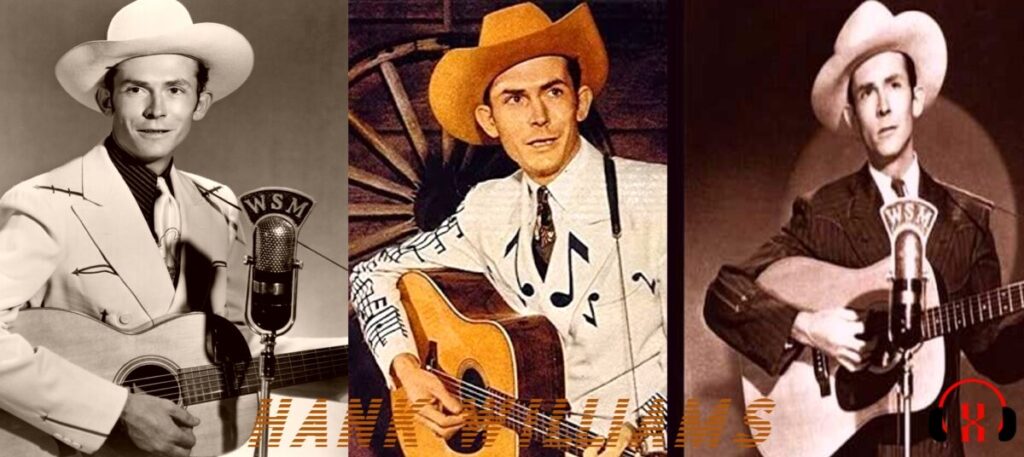
Artist: Hank Williams
Genre: Country
Lyrics
Hear that lonesome whippoorwill
He sounds too blue to fly
The midnight train is whining low
I’m so lonesome, I could cry
I’ve never seen a night so long
And time goes crawling by
The moon just went behind the clouds
To hide its face and cry
Did you ever see a robin weep
When leaves begin to die?
Like me, he’s lost the will to live
I’m so lonesome, I could cry
The silence of a falling star
Lights up a purple sky
And as I wonder where you are
I’m so lonesome, I could cry
That’s a good one
It’s a lonesome song, ain’t it?
Ain’t that lonesome, woo
Now you can’t get any much lonesome right, can you?
Want to whip a will so lonesome it can’t fly
He done got lonesome, man
He needs some company, bad
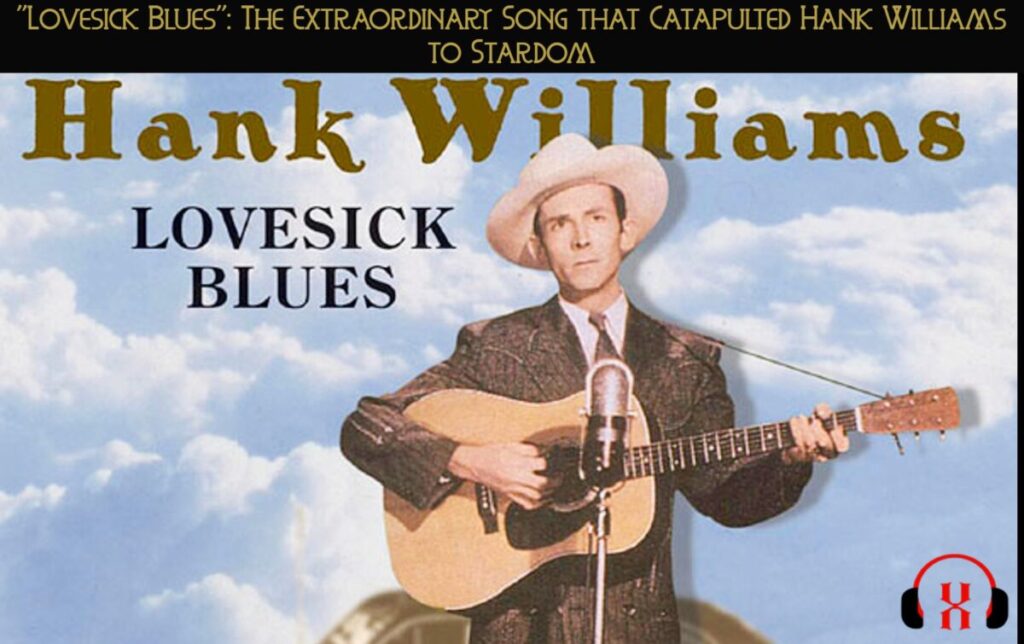
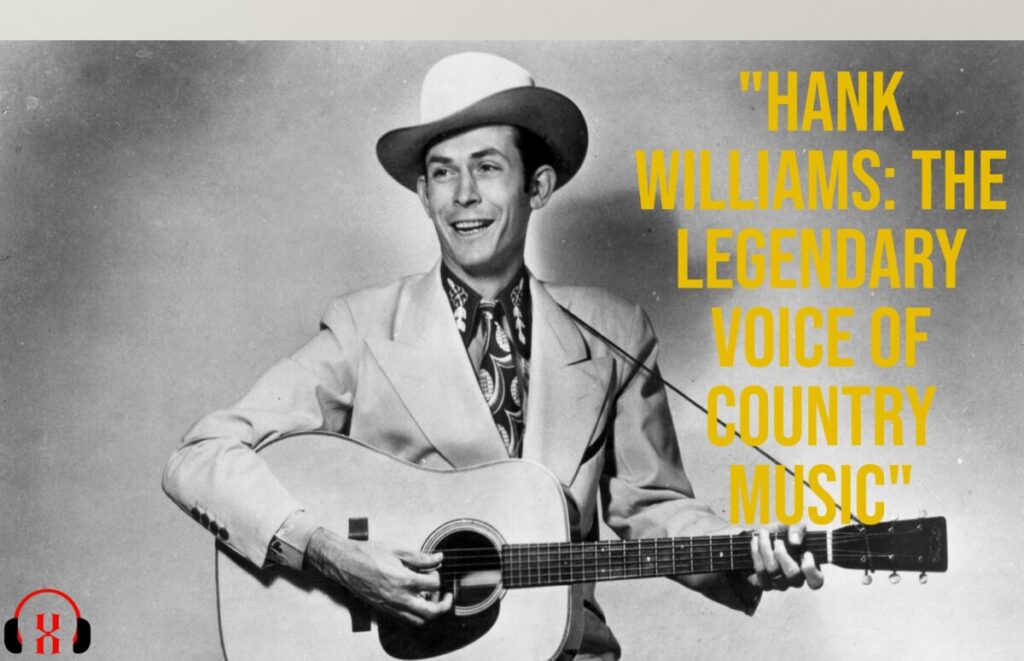


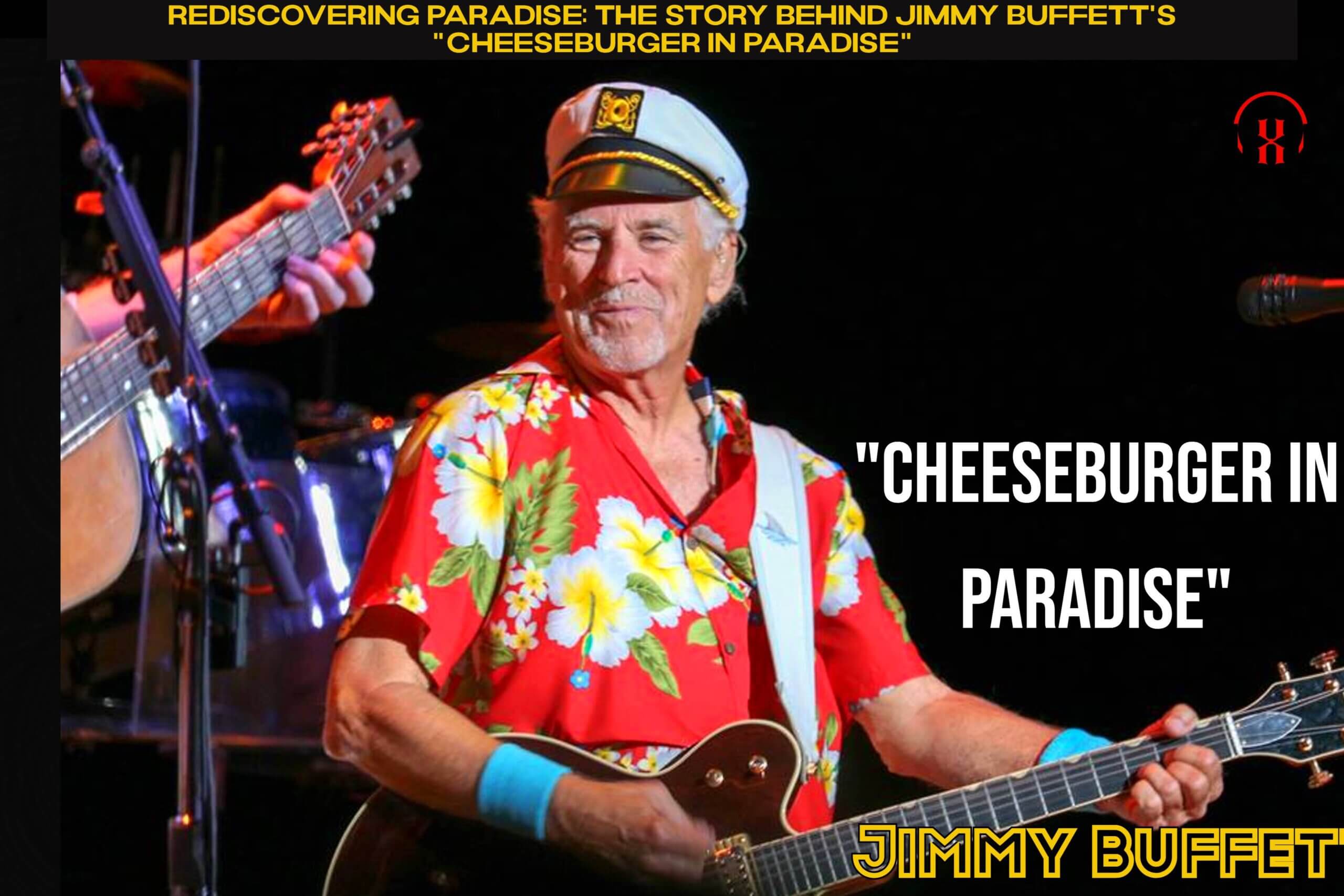
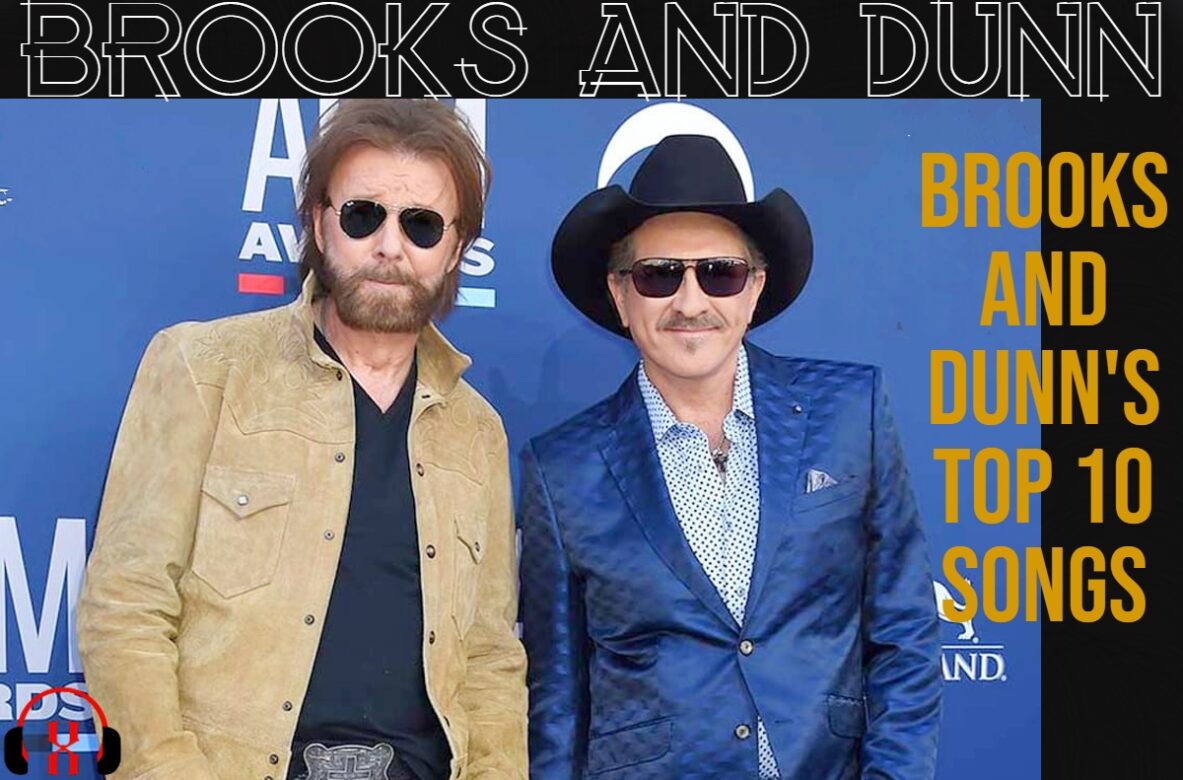
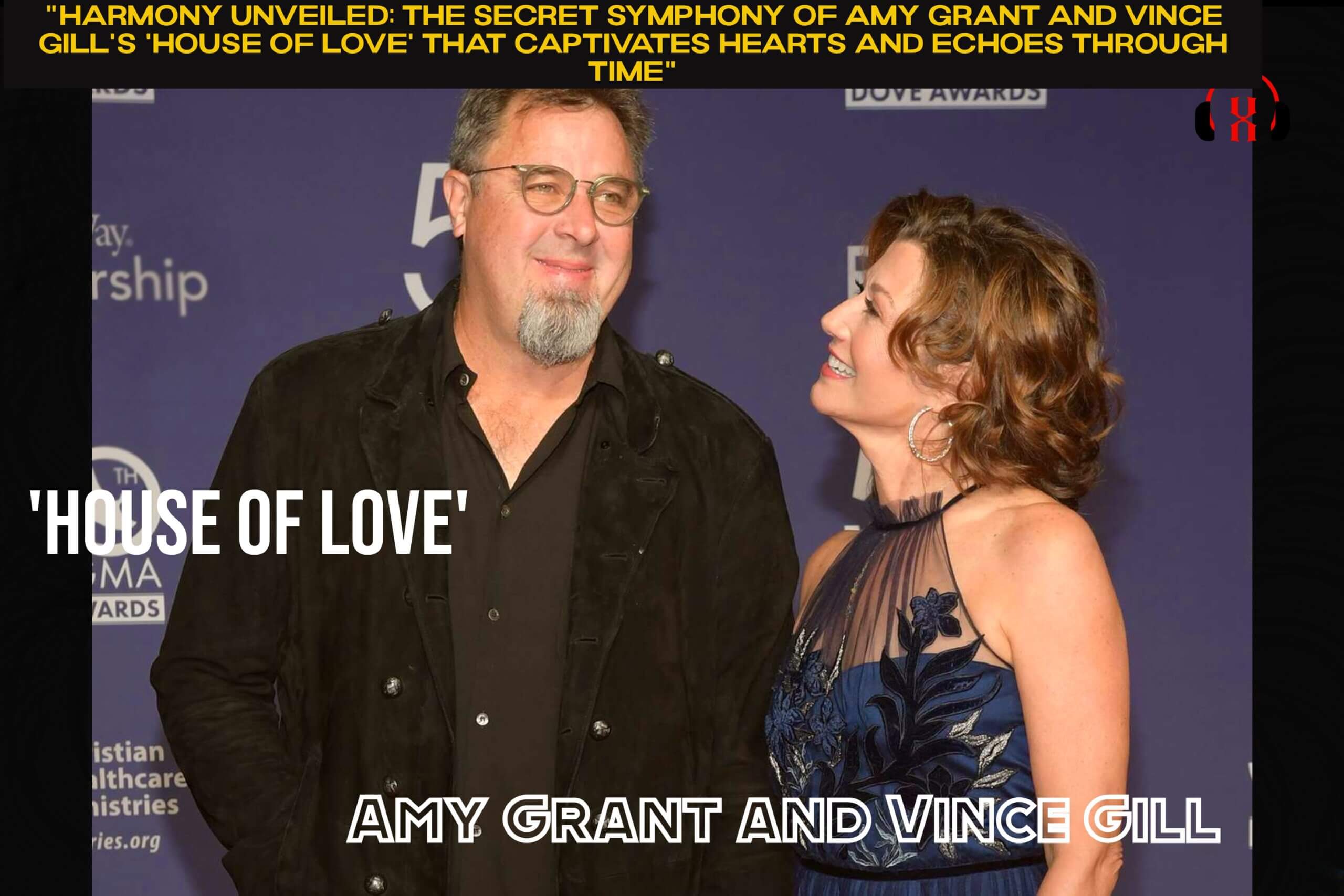
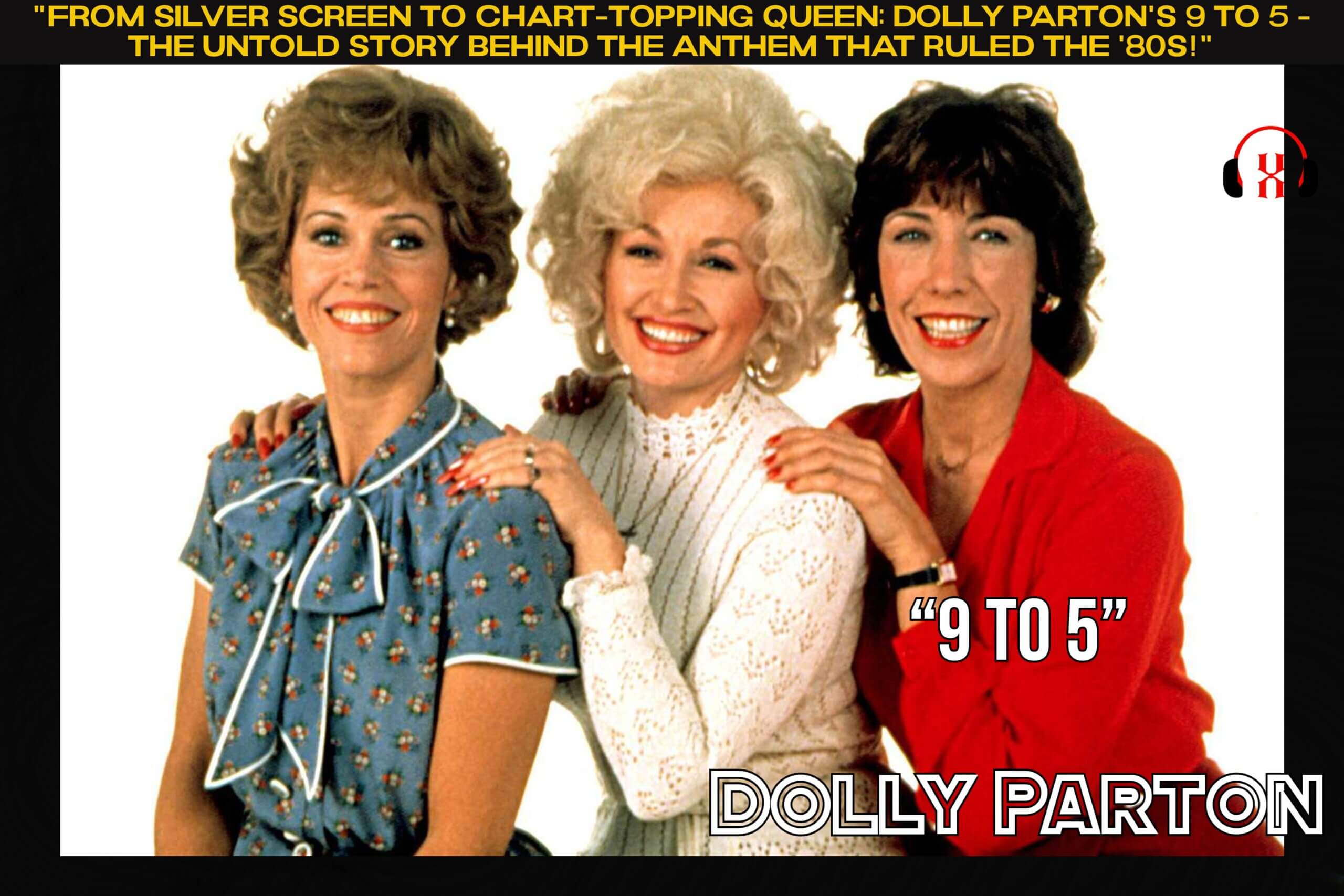
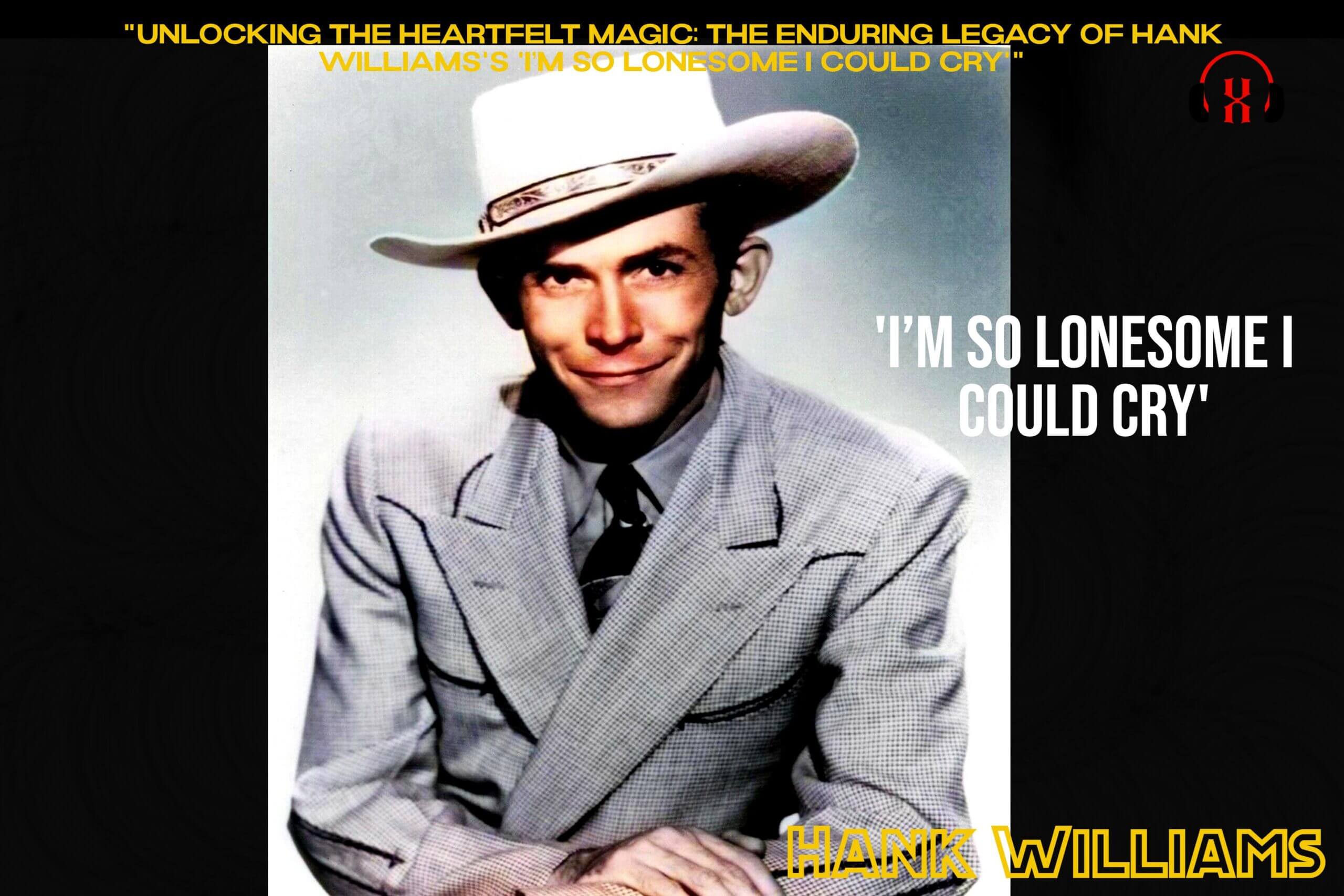
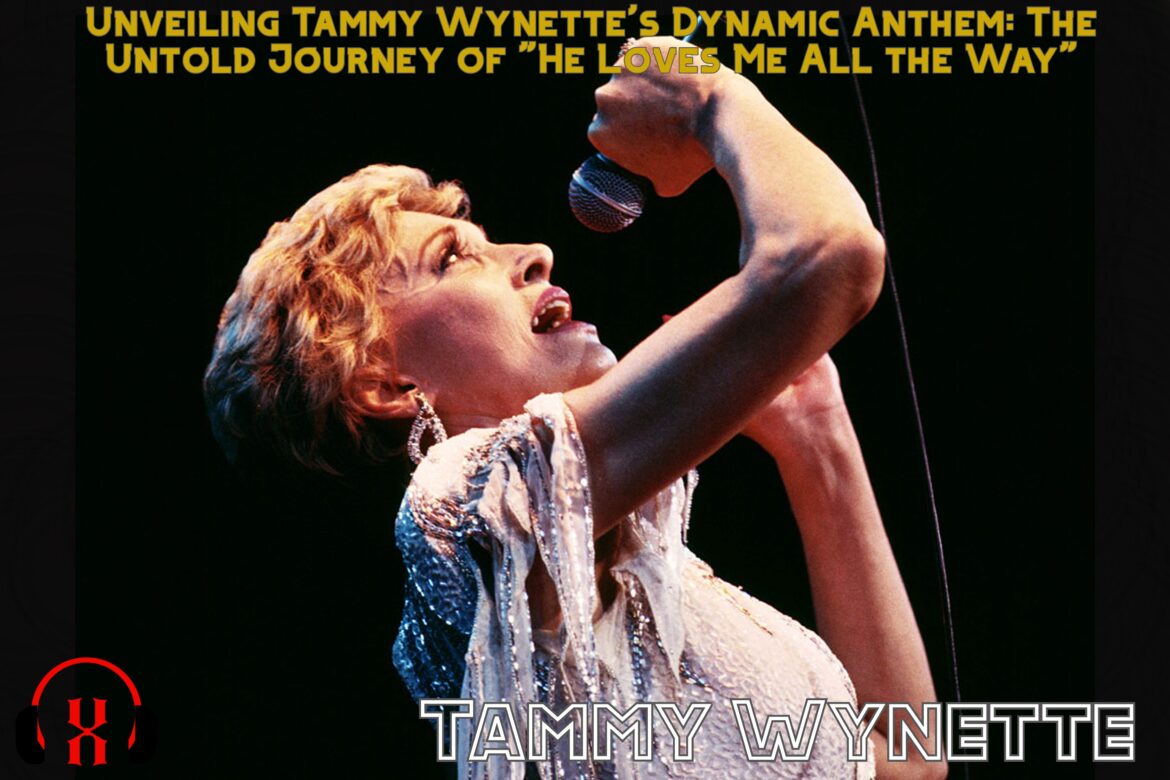
Comment on ““Unlocking the Heartfelt Magic: The Enduring Legacy of Hank Williams’s ‘I’m So Lonesome I Could Cry'””